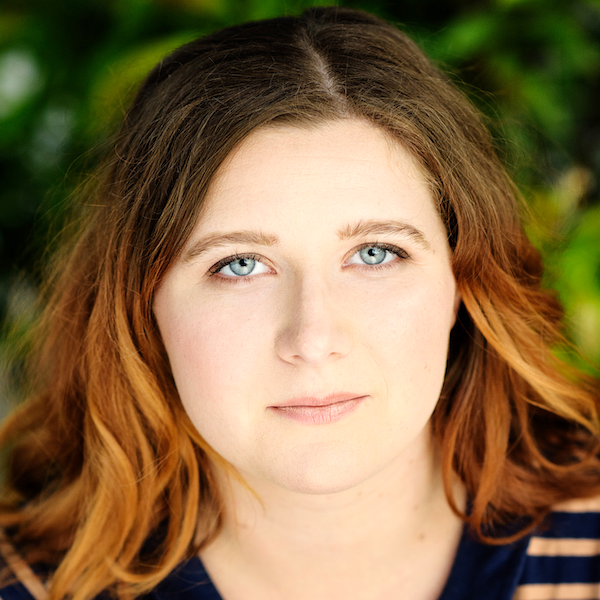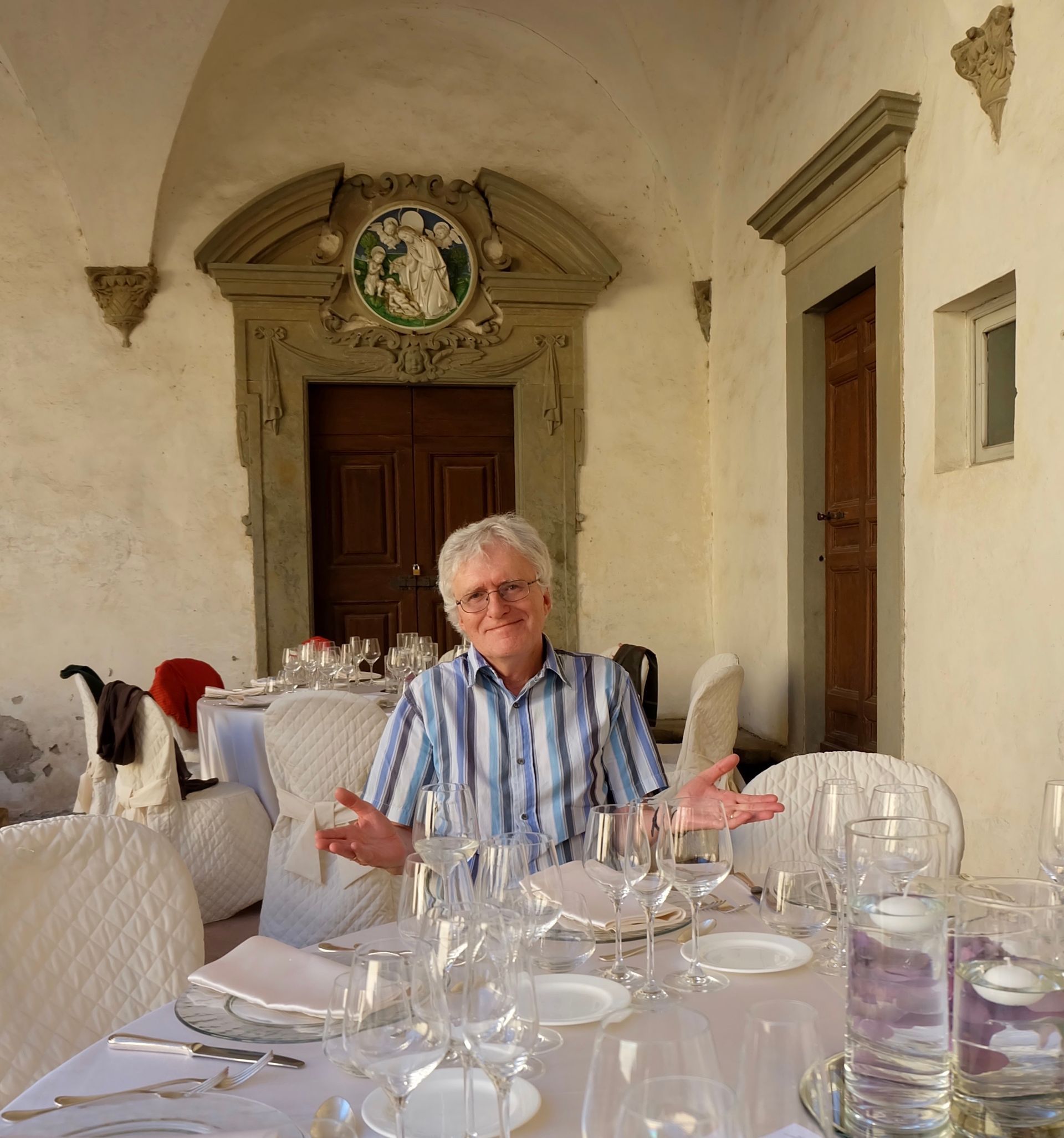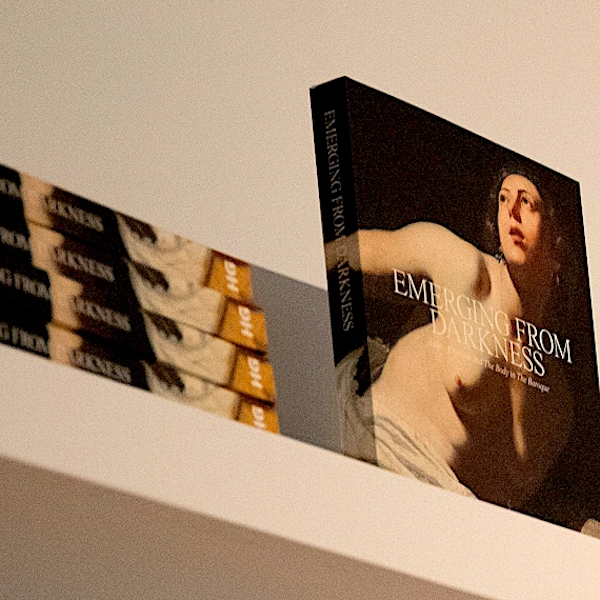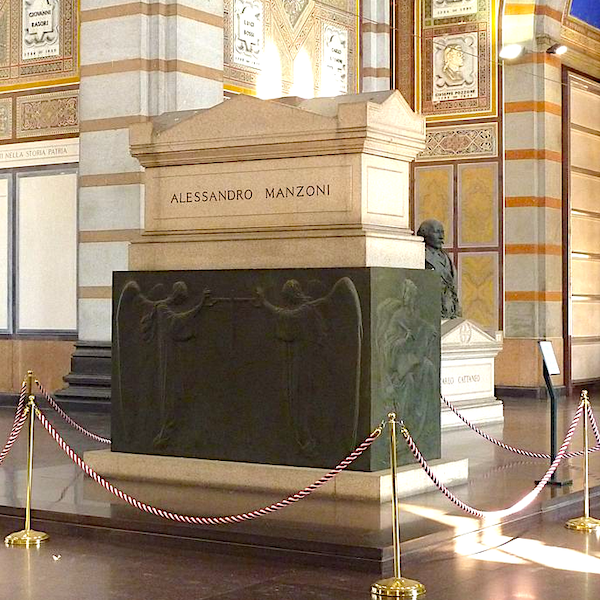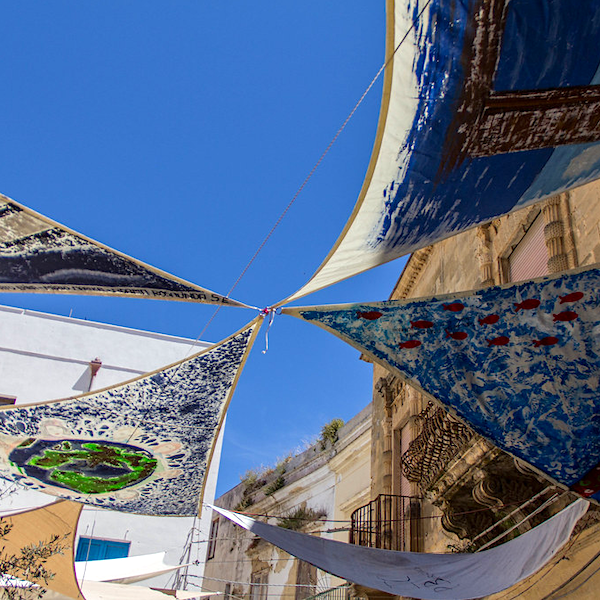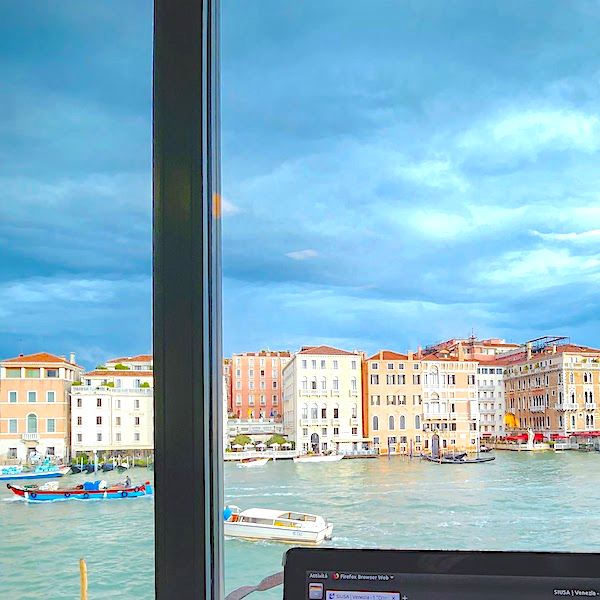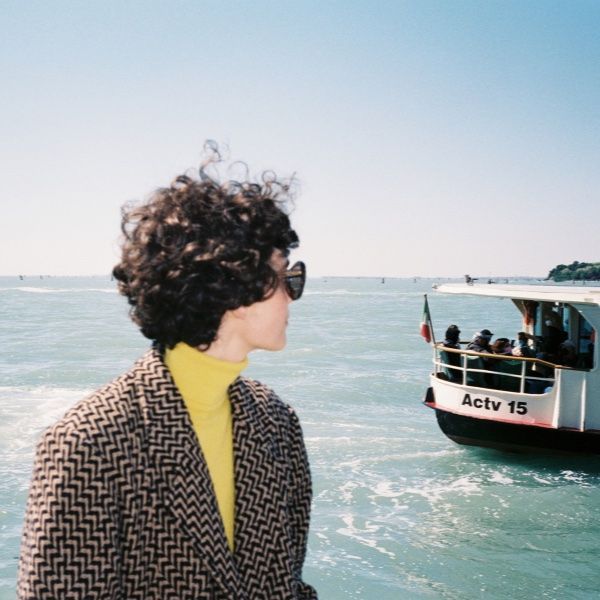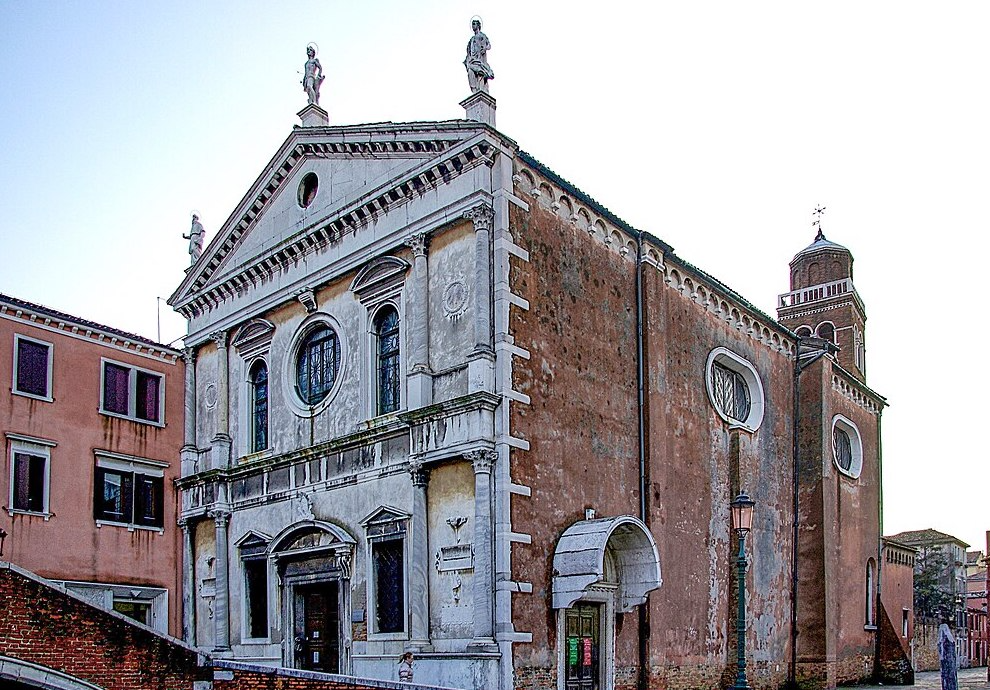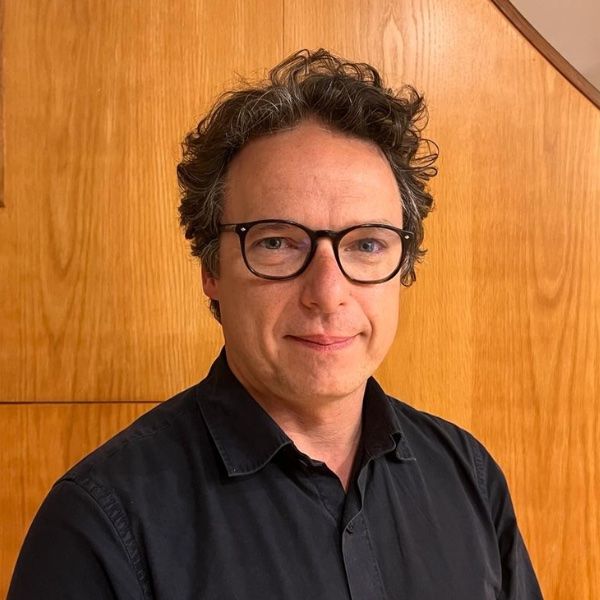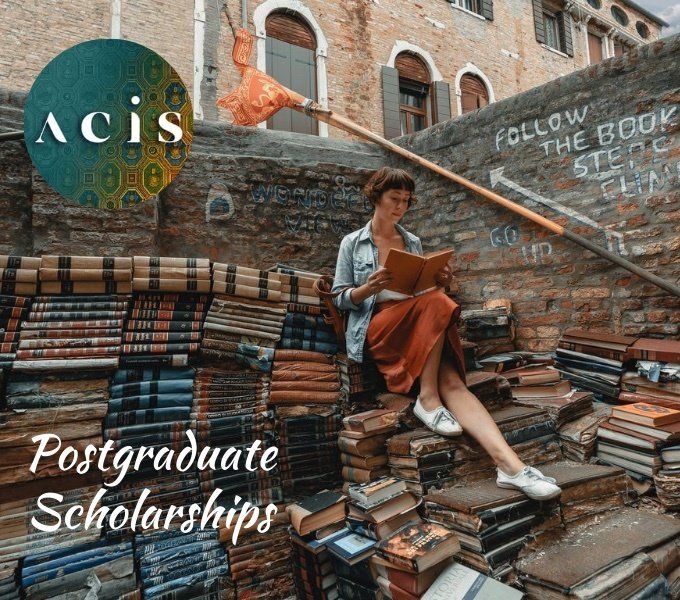Announcing the 2023 ACIS Save Venice Fellow
Open to postgraduate and early career researchers, since 2018 the ACIS Save Venice Fellowship programme has been enlivening close links between Australasia and the city of Venice. Fellowship applications were suspended in 2022, for pandemic-related reasons. So it is a special pleasure to announce that
Brigette De Poi has been awarded an ACIS Save Venice Fellowship for 2023. Already living in Venice to focus on her PhD project, Brigette shares some first reflections on her contact with Save Venice thus far.
Brigette writes:
I have long been aware of the fantastic work initiated by Save Venice Inc. to preserve the city's remarkable history. Having lived in Venice now for six months, focusing on archival research, I find it impossible to ignore the positive impact of Save Venice projects on the city’s art, architectural, and cultural treasures. Multiple plaques on historical sites and landmarks commemorate the organisation’s ceaseless efforts to protect the cultural heritage of this extraordinary city.
My PhD research relates to the 1630s plague, and its influence on early modern musicians who lived and performed in Venice. Given the city's torrid past experiences of plague outbreak, it is hardly surprising that Save Venice works on projects with plague themes. So far, my research has sparked my interest two such projects in particular: the restoration of the Chiesa di San Sebastiano, and current conservation work in the Sala dell’Albergo at the Scuola Grande di San Rocco – a two-year campaign to treat the vast and complex Crucifixion scene completed for that location by Jacopo Tintoretto (c. 1518–94) in 1565.
When I first arrived in Venice in March this year, I was keen to explore the city’s ‘plague churches’, so-called because they were constructed as votive prayers (or offerings) for deliverance from ravages of plague during the period 1575–1691. Fortunately, one of my local churches in the Dorsoduro district is among the most beautiful examples of such a church in Venice, the Chiesa di San Sebastiano.
So on my second day in Venice, I walked just a hundred metres to explore this splendid sanctuary I had read so much about; one dedicated to the early Christian martyr Saint Sebastian as protector of plague victims. I encountered a stunning example of sixteenth-century Venetian church architecture, probably most famous for its lavish frescoes, canvases, and interior design by Paolo Veronese (1528–88).
On seeing the interior restoration projects accomplished by Save Venice, I was struck by the immense care, quality, and variety of that work. I was just as impressed by the depth and diligence of research into the history of San Sebastiano, as this is shared through literature available in the church itself, and via copious pages on the Save Venice website. The website serves as a dynamic archive of the organisation’s endeavours to preserve a tremendous range of artworks, which began back in 1971.
Buildings can be among the few tangible links we have to connect us to the past. On that second day in my new neighbourhood, while I stood inside the Chiesa di San Sebastiano, and noted the painstaking restorations made possible by Save Venice, I felt closer than ever before to the people who visioned and built this church. I am honoured, grateful, and excited to be given the opportunity to contribute to the organisation’s fearless mission for three months, starting in early September.
Brigette is currently undertaking a
PhD through the Sydney Conservatorium of Music at the University of Sydney.
